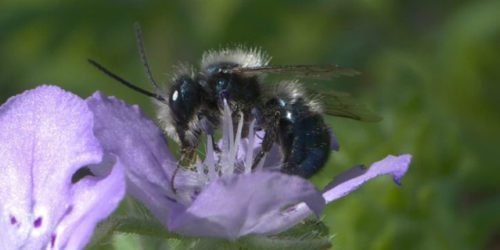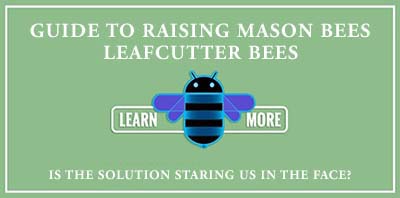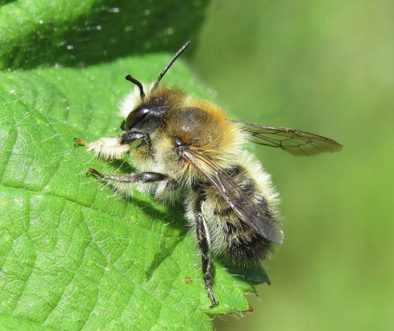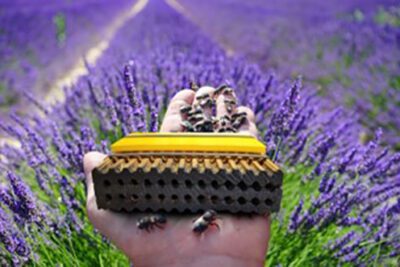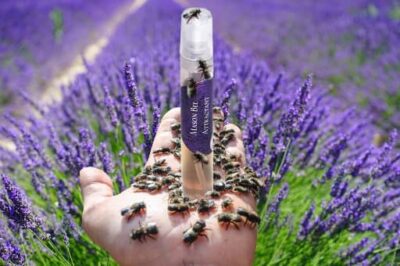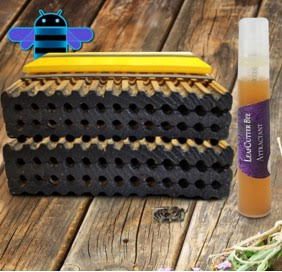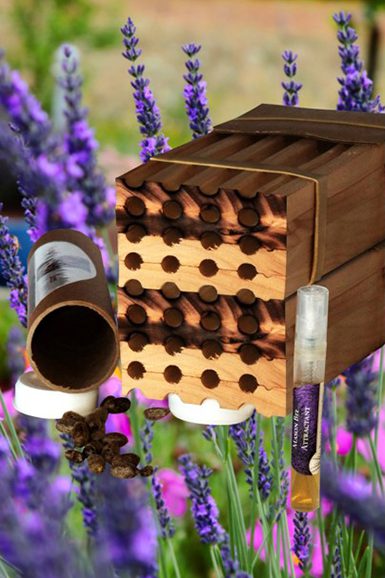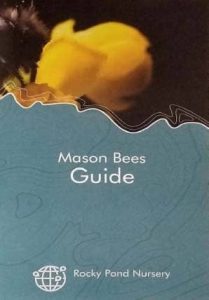
Mason Bee and Leafcutter Bee Accessories for Sale
Mason Bees and Leafcutter Bees
Mason Bees and Leafcutter Bees are extraordinary pollinators. You’ll need a hundred stingless Mason bees or leafcutter bees, or you’ll need to bring in 10,000 honeybees.
Why?

Honeybees are fastidious in their pollen collection. First, they mix flower pollen with nectar to form ambrosia or bee bread. Then, they stick it to their hind legs for transport; it doesn’t come off. In ancient Greek myths, ambrosia is the food of the Greek gods. Ambrosia might be tasty to Greek gods, but it is not a very good pollination substance. A honeybee must visit the blossom 20 times before depositing enough pollen to get the job done.

Mason Bees land on a blossom once and the job is done
Why? They pollinate flowers and fruit in a completely different way.
They utilize the earth’s electrical field.
Sparks don’t fly, but pollen does.
Atmospheric electricity is the field of study. The earth is one gigantic electron sink, making the earth and all plants growing on it negatively charged. Mason bees and Leafcutter bees are covered with tiny hair. As they fly their wings produce a positive charge. When they land on a flower or fruit blossom they react like an electromagnet. The yellow pollen on the flower blossom sticks to them like iron filing on a lodestone; when they land on another blossom the process is reversed.
Optimal Pollination is desirable why?
A is optimal pollination, B is partial pollination while C is poor pollination.

Optimal pollination will increase yields by 25%.
Questions you could ask.
1. How can optimal pollination in your garden prevent famine in Africa?
2. How can Mason Bees/Leafcutter Bees pollination in your garden impact your family’s health?
3. How will your family garden teach your children to be farmers?
4. How can optimal pollination increase the bottom line on our nation’s farms by 11% or more?
For the answer to these questions click Here.
We have Mason Bees for sale and Leafcutter Bees for Sale.

